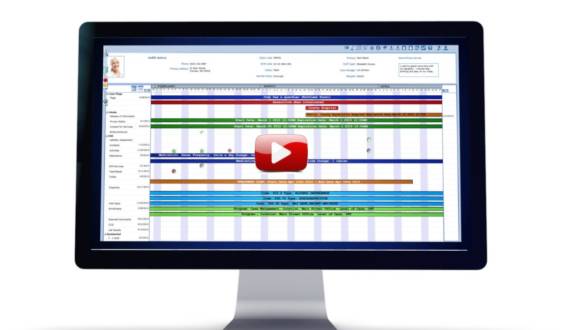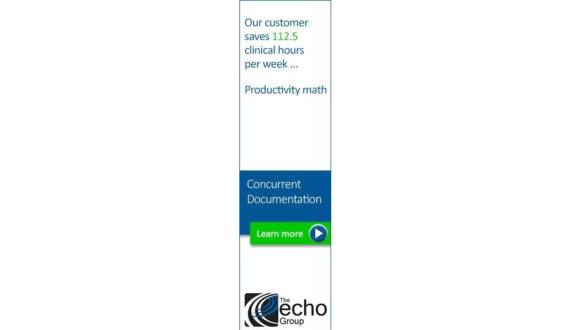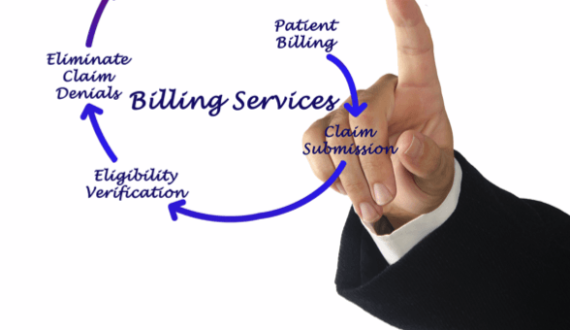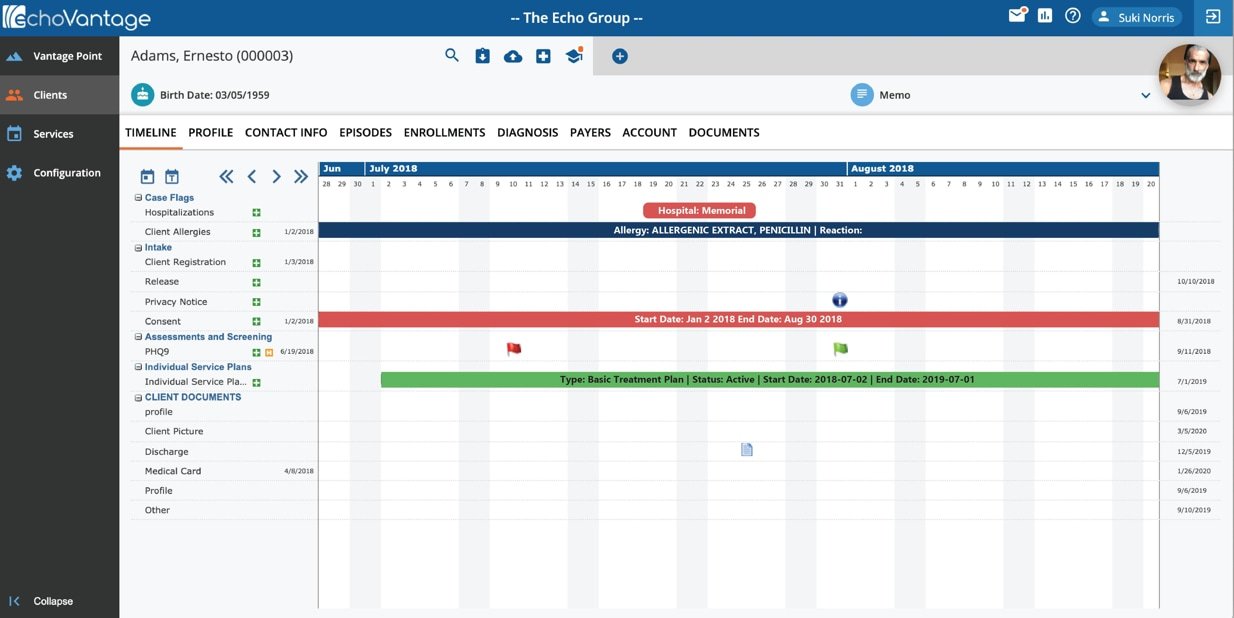EHR Return on Investment
When you think about return on investment, remember the basic formula (ROI=gain-cost/cost). This concept is not as straightforward when measuring the value of a behavioral health EHR. Not only do you have expected costs for the EHR system, such as licensing, but there are other costs in both time and money, such as configuration, training, and implementation. A survey conducted by the Behavioral Healthcare Executive asked behavioral health facilities what part of their EHR system were they most impressed with. They found that 23.6% of respondents said their EHR system improved patient care, 18.1% were impressed with the elimination of paper storage, and most found that it has improved care, reimbursement, and clinical outcomes. These practices that have purchased an EHR system continue to be successful and their revenue increases each year. However, money is not the only factor that makes these EHR systems rewarding. An EHR system brings many quantifiable and non-quantifiable benefits to practices.
Like most companies, behavioral health facilities focus first on quantifiable benefits. EHR systems increase revenue for most behavioral health facilities. This is due to the more precise billing, accurate, up to date patient history, and the increase of patients being seen. EHR systems also increase the provider’s productivity. Behavioral health professionals can streamline patient notes, physician orders, billing, follow-ups, and other documentation that improves their overall capabilities and make them more time-efficient. Not only does it improve productivity, it also improves operational efficiency. Using EHR systems limits the need for operational personnel, such as transcribers and medical records clerks, decreasing overhead.
There are non-quantifiable benefits when looking at the return on investment of EHR as well. Implementing an EHR improves job satisfaction for staff and clinicians. Although adapting to these systems may be difficult for some, with the correct training, it is beneficial. It allows employees to streamline their job duties, preventing any duplications, decreases tedious tasks, miscommunication, and allows them to spend more time focusing on the patient. Not only does it improve staff satisfaction, it also improves the patients. Patients notice when their medical practice is running more efficiently and professionally. This leads to more loyal and satisfied patients. Satisfied patients are more likely to recommend your practice to friends and family. The most important benefit that EHR systems provide is the improvement in patient outcomes. Behavioral health professionals that have access to these different tools can focus more on the overall health of a patient and improve treatment plans. This leads to better patient care.
These benefits are difficult to calculate and enter in a spreadsheet, but supervisors and employees can easily observe and track them. When looking at the ROI you should review your reduction of payroll, average reimbursement per patient, and the productivity of the clinicians at your practice. You should also take into consideration how many new patients you have and how many have left. These factors should help you calculate the ROI of your EHR system. For most behavioral health practices, EHR systems are expensive but worth it.



